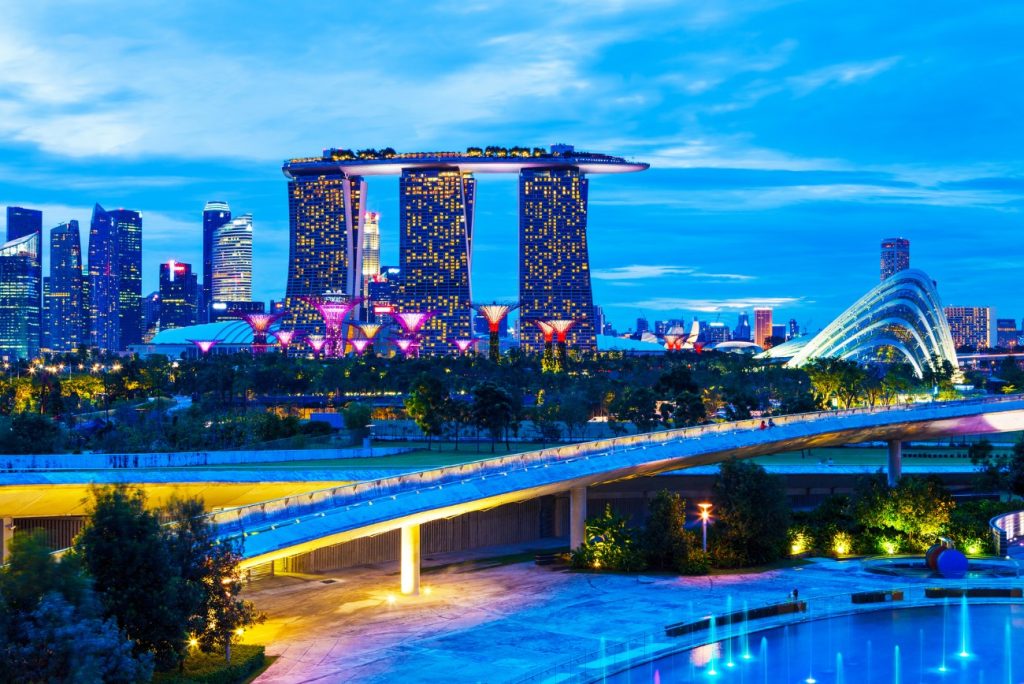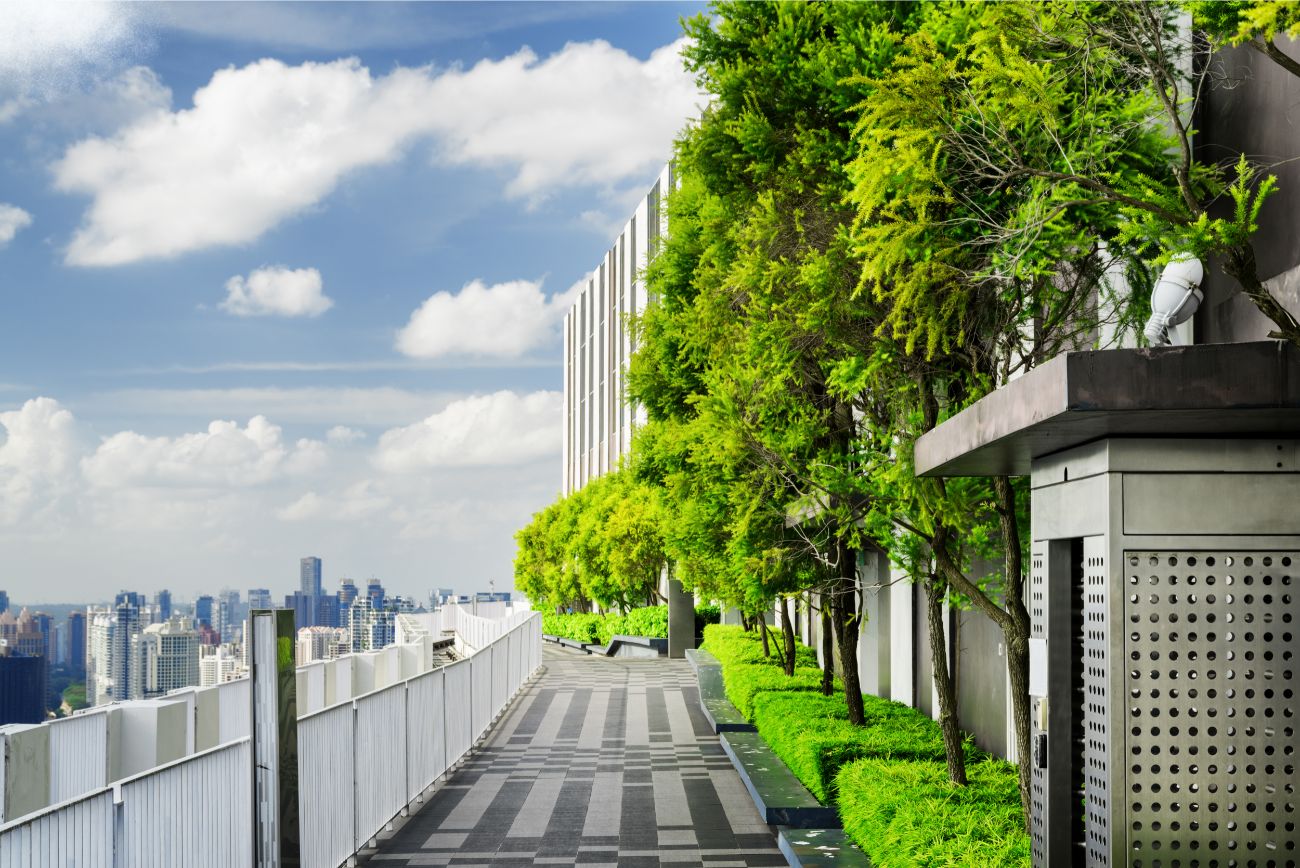
Singapore smart city is leading the way to combat climate change. Through innovative approaches in energy-efficient building design, smart transportation, and sustainable urban planning. The city-state is not only enhancing its livability but also significantly reducing its carbon footprint. In this article, we will explore how Singapore smart city initiatives are leading the way in climate tech.
1. Energy-Efficient Buildings
Singapore is at the forefront of designing energy-efficient buildings that prioritize sustainability. A key innovation in building Singapore smart city is the Integrated Environmental Modeller (IEM), developed by the Institute of High Performance Computing (IHPC) and the Housing and Development Board (HDB). The IEM simulates the impacts of wind, sun, and noise on urban environments. Consequently, it allows for the optimization of building designs that enhance wind flow and reduce solar heat gain. This advanced modeling not only improves energy efficiency but also enhances the overall livability of urban spaces.

2. Smart Transportation
Transportation is a major contributor to urban carbon emissions. For this reason, Singapore is addressing this challenge with smart transportation technologies. The city-state is strategically identifying optimal sites for electric vehicle (EV) charging stations to promote the adoption of EVs. Additionally, by improving the efficiency of shipping operations and implementing smart traffic management systems, Singapore is reducing congestion and emissions. To sum up, these efforts are integral to creating a more sustainable and efficient transportation network.
3. Sustainable Urban Planning
Singapore smart city is deeply approaching to sustainability, with a strong emphasis on integrating green spaces into the urban environment. For example, the Active, Beautiful, Clean Waters (ABC Waters) Program transforms water bodies into vibrant community spaces that promote biodiversity and sustainable water management. In addition, projects like Bishan-Ang Mo Kio Park turn concrete channels into naturalized rivers, showcasing how urban areas can support both wildlife and human recreation.
Conclusion
Singapore smart city initiatives are models for how technology can be harnessed to create a sustainable and resilient urban environment. Singapore is not only addressing the challenges of climate change but also setting a benchmark for other cities to follow. For example, focus on energy-efficient buildings, smart transportation, and sustainable urban planning. As the world continues to urbanize, the lessons from Singapore’s approach to integrating climate tech into its smart city framework will be invaluable.
See more: Sustainable Urban Agriculture in Singapore: Latest update 2024


